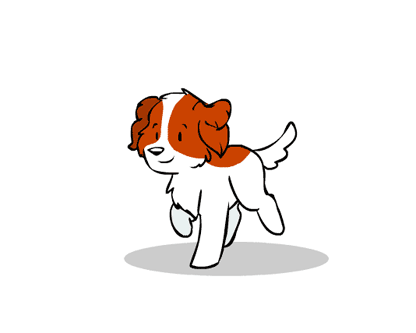A species-appropriate diet has a major impact on a cat's health. We'll show you some tips on how to properly feed cats.
HOW MUCH FOOD DOES MY CAT NEED?
The daily amount of food a cat feeds depends, among other things, on the cat's age, posture (outside or inside) and temperament. A very calm cat has a lower energy requirement than a very agile cat. In order to determine the right amount of food, it is advisable to use the feeding recommendation on the cat food packaging as a guide. It is important, however, that the feeding recommendation only represents an average value. Therefore, the feeding should be individually adapted to each cat.

HOW OFTEN SHOULD I FEED MY CAT?
A cat that hunts its own food will often eat small amounts more than ten times a day. In a figurative sense, one could say that it is definitely not wrong for cats to have free access to food all day long in order to ingest small portions. Unfortunately, this free access to food leads to overweight in a large number of cats. Combined feeding of wet and dry food is recommended so that cats can eat small portions at home throughout the day. The wet food can be offered in the morning and / or in the evening, while the weighed amount of dry food can be freely available throughout the day. If the dry food is then eaten, it should not be refilled.
ATTENTION CHANGE OF FEED
The first change in food can often happen when the cat moves into its new home. However, this change in food should be avoided if possible so that the cat can get used to the new environment. A change of feed should take place after one to two weeks at the earliest. It is best to get used to a new food - regardless of age - as carefully and gently as possible: A small part of the new food is mixed well with the previous one. The proportion is gradually increased until finally there is only the new food in the bowl.
WET FOOD OR DRY FOOD
In principle, a cat's nutritional needs can be met with wet and dry food. However, when feeding only dry food, care must be taken to ensure that there is an adequate supply of water. As former desert animals, cats drink very little and meet most of their fluid needs with food. With wet food, the fluid intake is optimally supported. In the case of dry food, however, this is only possible to a limited extent. To encourage the cat to drink, several water bowls and / or a drinking fountain in the apartment are recommended.
NO DOG FOOD FOR CATS!
Cats shouldn't eat dog food. As strict carnivores, cats place different demands on their food than dogs. For example, cats need more protein than dogs. Cat food also contains essential taurine, which cats, unlike dogs, cannot produce in sufficient quantities.
FEED AVERSION
When a cat does not eat its food, there are a number of possible reasons for it, including food aversion. This can happen, for example, if the cat was sick and was given a certain food at that time. After the cat has recovered, the negative impression of the disease can be associated with this food, as a result of which the cat now rejects the food.

FEEDING CATS PROPERLY
In addition to the food, the environment in which it eats is also very important. Because cats like to eat in peace. Place your cat's food bowl in a quiet spot. The temperature of the feed is also important! The food should always be fed at room temperature. Food that is stored in the refrigerator must be removed in good time before feeding. Otherwise, you should make sure to offer your cat a high-quality complete cat food, as this is, among other things, the foundation for a long and healthy cat life.

